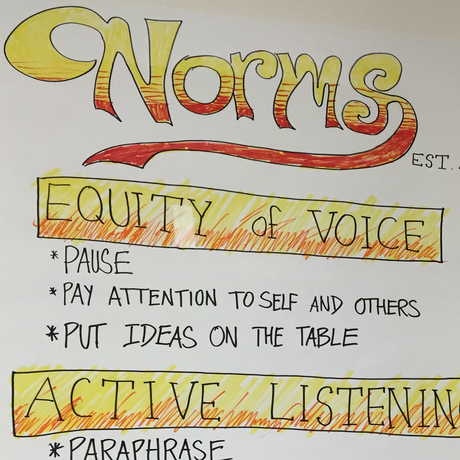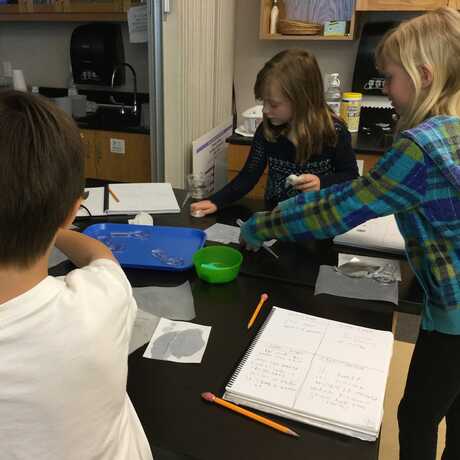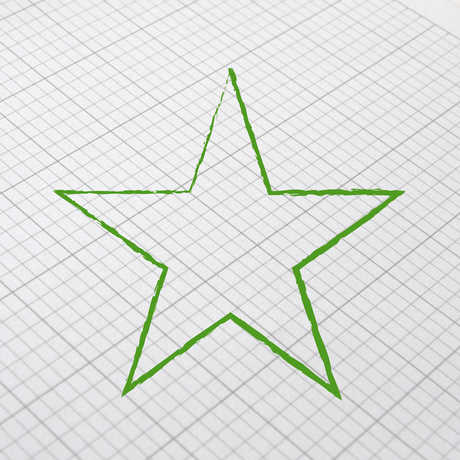

How can notebooks enhance student learning during hands-on investigations?
About this guide
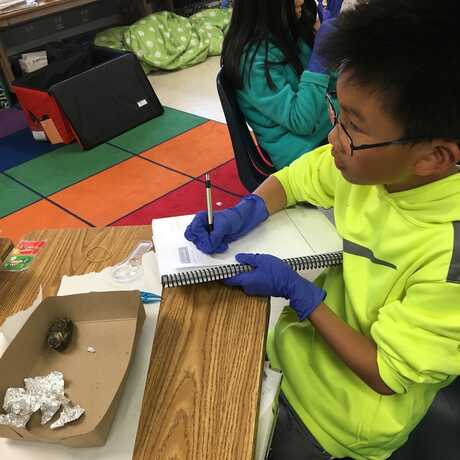
Below, you'll find guidance related to helping students carry out investigations, including:
- Suggestions for pre-investigation activities
- Tips for using the notebook during and after investigations
- An example story from a real classroom
Because we know teachers appreciate seeing the results of using these strategies, we've also created an example gallery containing student work.
Before the Investigation
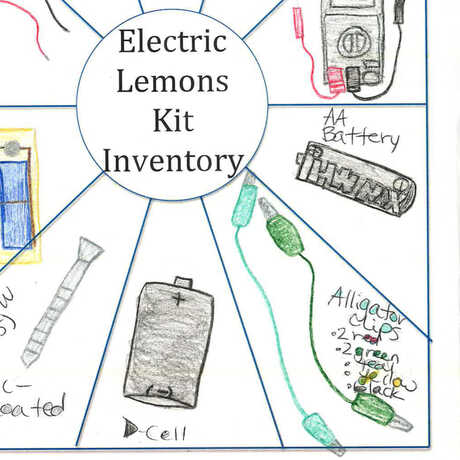
- Explore materials first. Before launching into a hands-on investigation, give students a chance to get to know the materials they will be touching and using. Check out our Kit Inventory page for suggestions.
- Design a plan. Students can use the notebook to establish a plan for their experiment. You may choose to keep the plan consistent across the class, or each small group could design its own investigation. Check out our Planning Investigations page for more tips.
During the Investigation

- On-the-go reporting. If the experiment allows, have students keep their notebooks open while they investigate. Professional scientists are constantly taking notes of changes to the procedure, measurements, observations, etc. You can offer scaffolds for this note-taking, or empower students to record information as they see fit. Check out our data page to learn more tips on collecting data during investigations.
- Work now, record later. If an experiment is too messy or exciting, it may not make sense for students to do science and record in the notebook at the same time. In these cases, let students focus all their attention on the phenomenon they are exploring. Once the materials are put away, students can take out their notebooks and mine the experience for meaning. This step could take place in the same session or a following session, and often requires as much time as the hands-on portion of the investigation.
After the Investigation

- Activity Before Content. A hands-on experience is a great entree into reading or vocabulary. The investigation will build student interest and curiosity, priming them to pay close attention to any content you offer. The notebook can help students read actively, and glean true understanding from the text.
- Reflection leads to learning. Give students a chance to reflect on the investigation with prompts like, "What did you expect to happen?" "What actually happened?" "How have your initial ideas been challenged or confirmed?" "What are you still curious about?" If they write their reflections in the notebook, you can also use them as formative assessments.
Notes from the Classrom
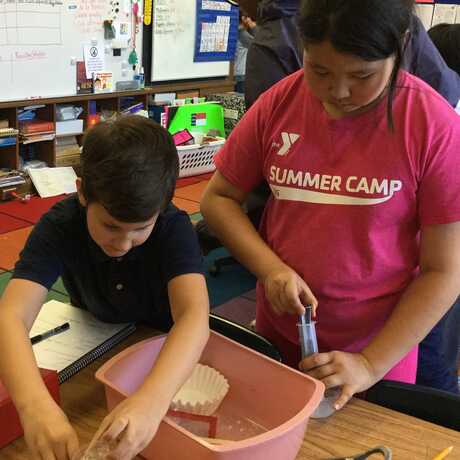
Monnica was exploring a unit on solar ovens with her 5th grade class. The project had a reading along with it, as well as several worksheets with vocabulary. The worksheets came first, which the students dutifully glued into their notebooks. The worksheets asked them to come up with definitions for the terms “thermo-conductive substance” and “thermo-insulative substance.” The students weren’t very engaged in this activity, probably because they hadn’t yet handled the substances. Monnica found herself saying, “I know, it’s a little dull, but we have to do the boring stuff before we do the fun stuff.” Even as she said this to her students, she began to wonder if it was true!
She decided to change the order- have the students make a solar oven first. They sketched plans and built their first iterations. Later, they revised their designs. After they wrestled with the materials and concepts for several days, they were much more ready to create a definition for “thermo-insulative substance.” Students were more engaged and curious this time around. Monnica renewed her faith in "ABC," or "Activity Before Content."

Science Notebook Corner
Learn how notebooks can help your students think and act like scientists.
